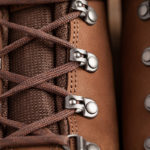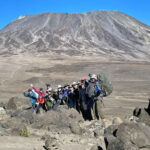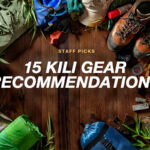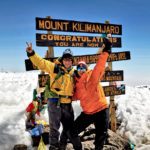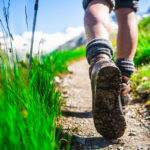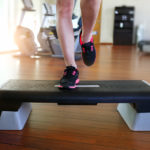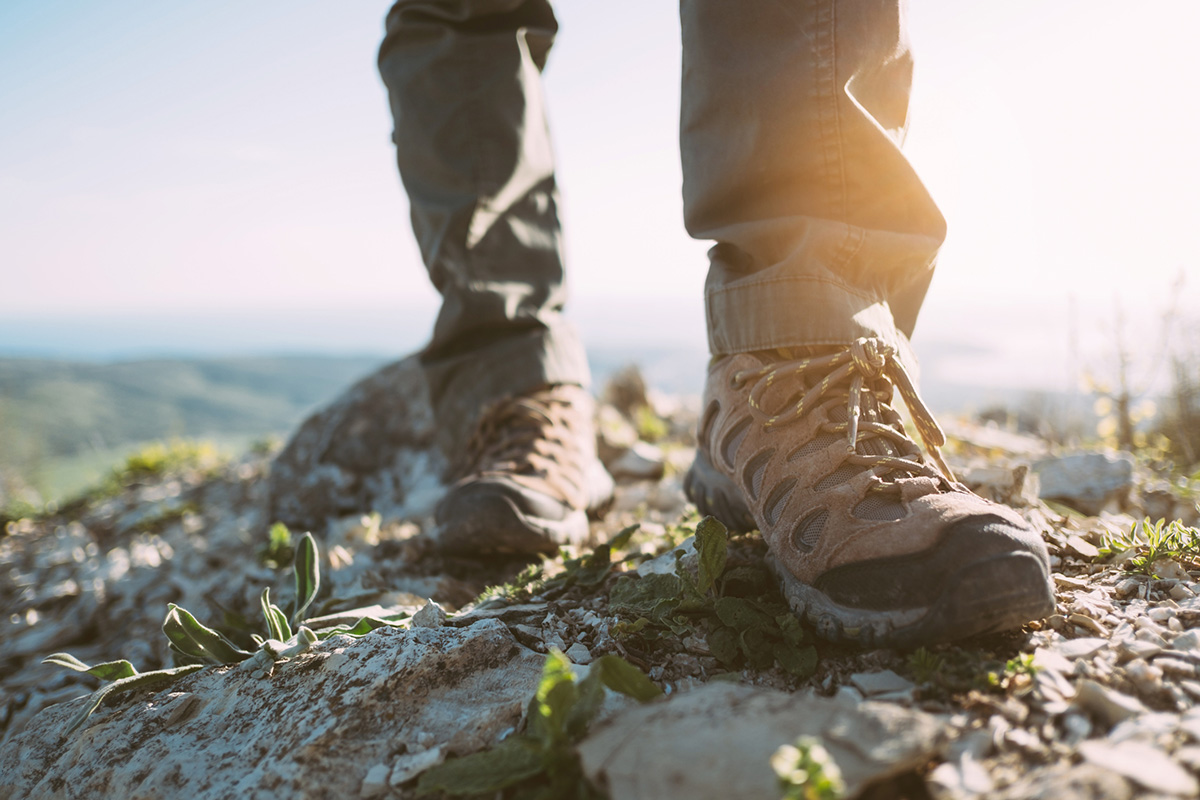
What are the best boots for climbing Kilimanjaro?
At minimum, 30 miles will stand between you and the top of the tallest freestanding mountain on the planet. Not any old boot will get you there. The right boot will make a world of difference in terms of your comfort, blister mitigation and overall success. For this reason, we strongly recommend a high-quality product.
What Should the Best Boots for Climbing Kilimanjaro Offer?
Hiking boots are specially made to battle the challenging elements you’ll encounter on mountains like Kilimanjaro: lush forest trails, fields of scree, uneven rocks and even glacial snow toward the summit. Because of Kili’s dynamic challenges, you’ll want a boot that can do it all. Here’s what to look for:
-
Fit:
Are the boots snug without tightness, constricting or pinching? Do you have room to wiggle your toes? Shop at a good retailer, and don’t assume the most expensive is necessarily the best choice. If the less expensive boot fits your foot better, go for it!
-
Waterproof:
Your boots need to be waterproof. Not water-resistant, not quick drying. Because you’ll be trekking through a rainforest and possibly through rain and snow, it’s waterproof or bust.
-
Breathable:
Breathable boots expend heat to keep your feet cool in hotter temperatures, like those you’ll encounter at Kili’s lower elevations. Look for boots that use Gore-Tex material: not only is it breathable; it’s waterproof and windproof as well.
-
Strong Ankle Support:
Kilimanjaro is covered with root-strewn trails, rocky passes and icy expanses. The higher the cuff of your boot, the greater the ankle support.
-
Good traction:
The icy, slippery and rocky conditions mentioned above can quickly result in a fall if you’re not careful. Look for boots with deep lugs (the grooves in the rubber outsole), but don’t look too deeply! Deeper lugs equal heavier boots, which you won’t need anyway if you pair moderately deep lugs with YakTrax Diamonds for traction.
-
Weight:
Boot weight depends on your preference. Heavier means higher durability, but it also means you’ll expend more energy with every step and take longer to break in.
Breaking Boots In
We recommend hiking in your boots and walking in them until they feel comfortably broken in. Be sure to wear them with the same socks you’ll wear on your climb.
With boots broken in well, you’ll mitigate blisters and discomfort on Kilimanjaro, and you’ll ensure the boots are strong enough to hold up under Kili’s challenging conditions.
What are the Top 3 Best Boots for Climbing Kilimanjaro?
1. Lowa Renegade GTX – MEN | WOMEN
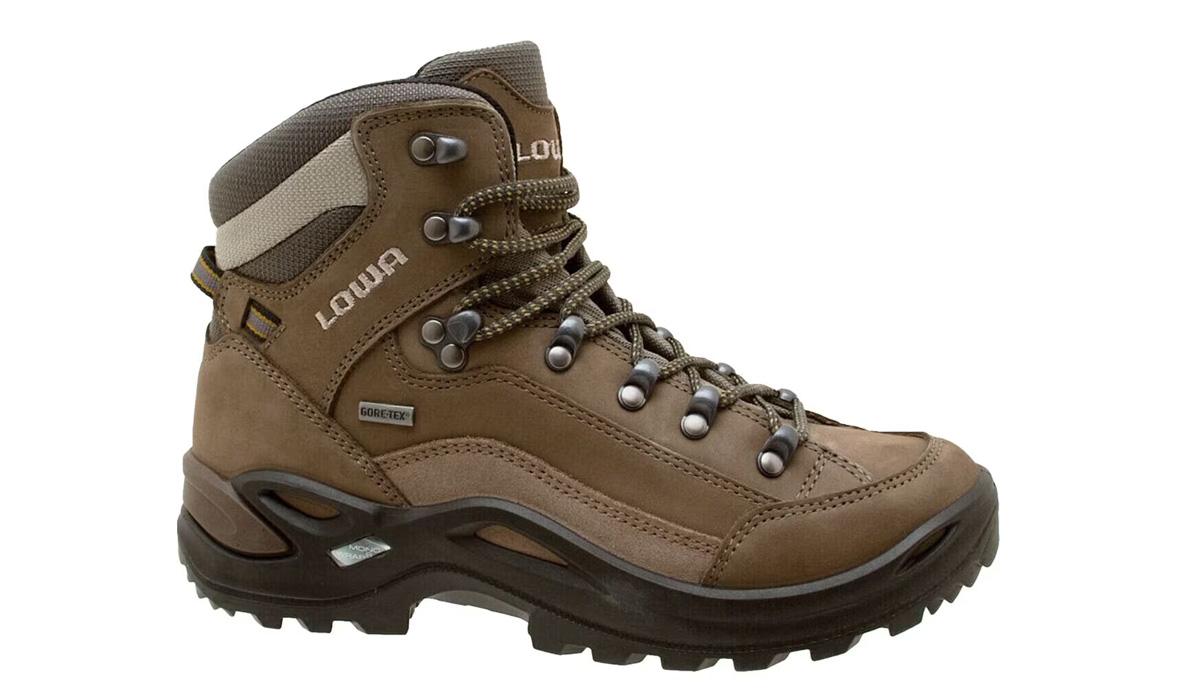
Thomson Manager Angela just returned from her Kilimanjaro trek, and she unflinchingly recommends the Lowa Renegade GTX Mid. They’re waterproof, breathable, built with strong ankle support and lightweight with good traction. She said they were the ideal “get it and forget it” option for trekkers like her who didn’t want to spend too much time poring over gear.
“I just summited Kili in these boots without any problems,” Angela said. “I can tell you that comfort was king on the mountain—and these boots were just that, comfortable. Warm, dry, breathable. I really had no problems.”
2. Ariat Skyline – MEN | WOMEN
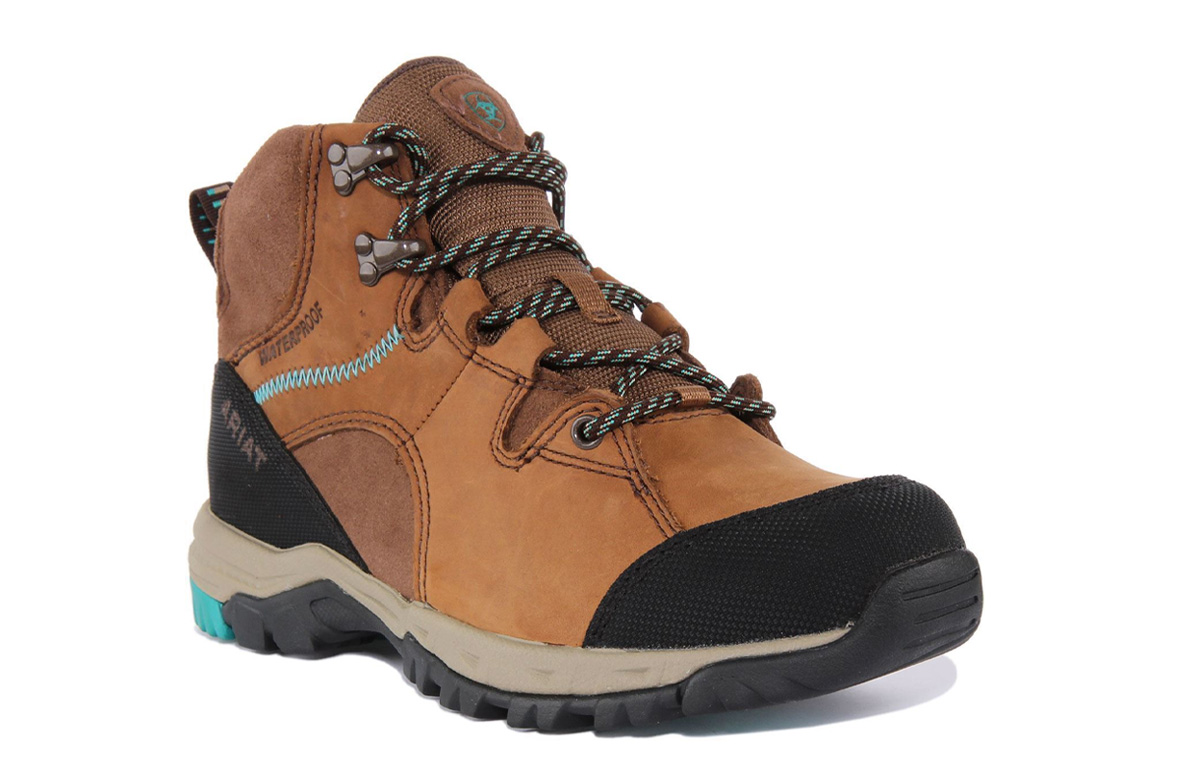
Engineered for outdoor performance, the Skyline holds up under Kili’s challenging conditions — mud, soot, rain, snow — with maximum comfort and protection. The boot is designed to support and cushion the foot as you move, promoting good posture and absorbing shock on the trail. Gore-Tex provides a waterproof and breathable membrane, and a moisture-wicking footbed provides cool, dry comfort all day.
“The Skyline hugged my feet well and weren’t too heavy either,” staffer Matt said after his Kili trek. “I don’t have the best knees, and I think the heel stabilizers and gel cushions took me farther than another boot would have.”
3. Salomon Quest Element GTX – MEN | WOMEN
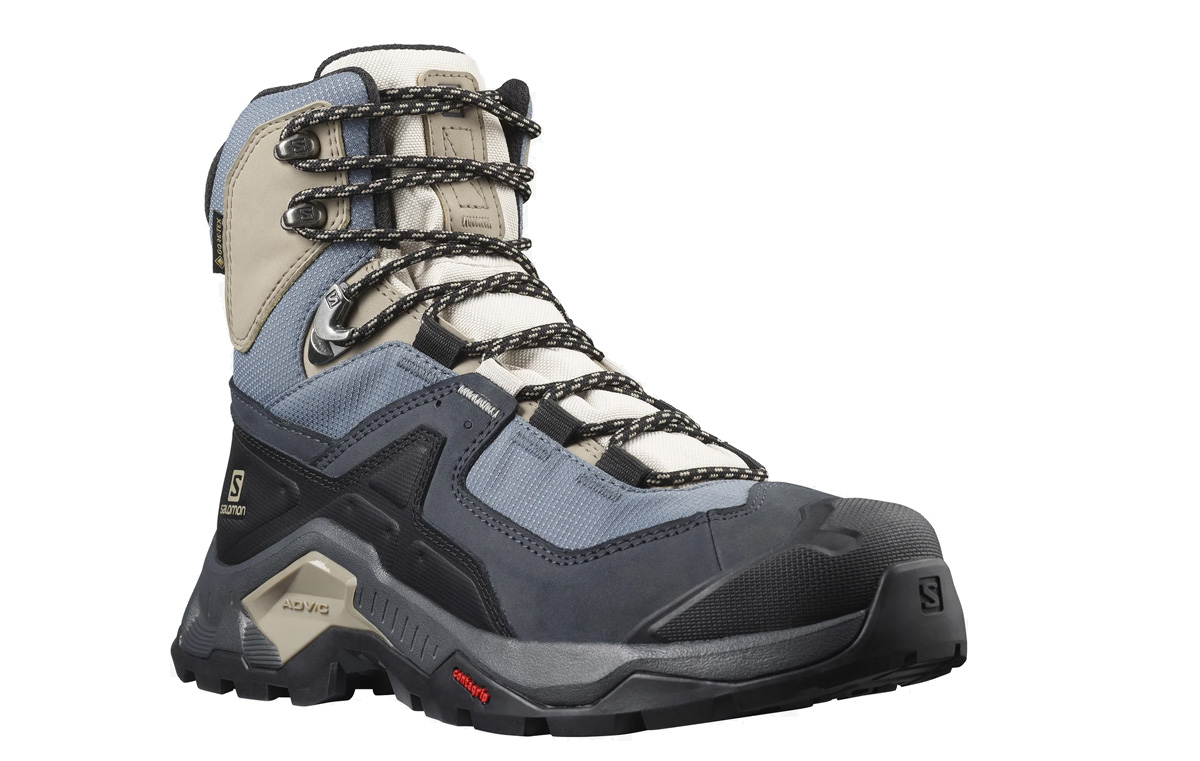
Sturdy, featherweight and surprisingly easy to break in, this pair of boots took staffer Carolyn up and down Kilimanjaro without a single blister or hotspot. They’re designed to reduce fatigue over long treks, and the light, cushioned soles are ideal for backpacking.
“I recommend them because they were relatively lightweight and breathable, but still kept my feet warm on the coldest days,” Carolyn said. “Gore-Tex is great–it’s everything you could want in a boot for these conditions.”

